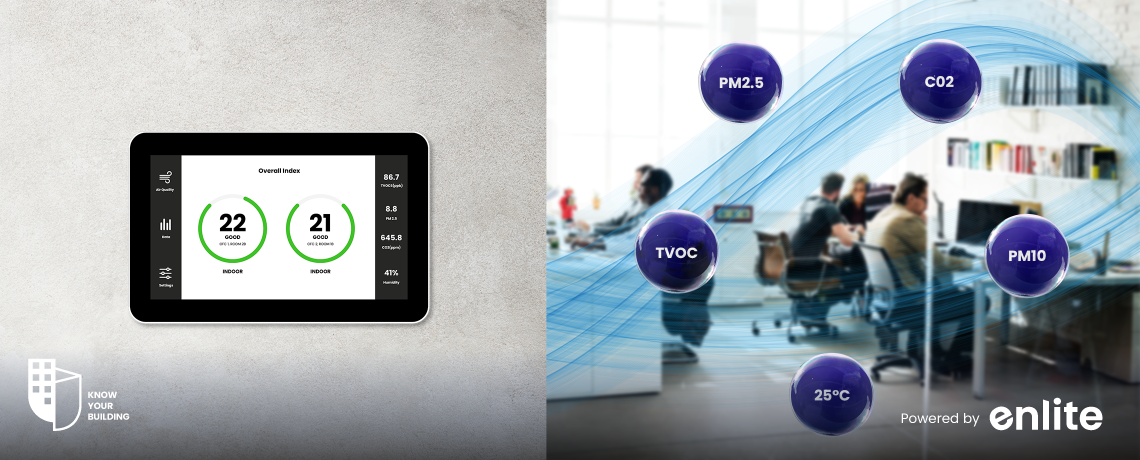In an era where our lives are increasingly spent indoors, the quality of the air we breathe within our homes and workplaces is more crucial than ever. Indoor air pollution is a pressing concern, often overlooked but posing significant health risks. To address this issue, Indoor Air Quality (IAQ) monitors have emerged as indispensable tools, playing a pivotal role in safeguarding our well-being. These devices offer a proactive approach to understanding and enhancing the air we breathe in enclosed spaces.
Understanding Indoor Air Quality
Indoor air quality refers to the condition of the air inside buildings, encompassing various pollutants that can affect health, comfort, and overall well-being. Sources of indoor air pollution range from volatile organic compounds (VOCs) emitted by household products and building materials to particulate matter from cooking, smoking, and inadequate ventilation. Additionally, biological pollutants such as mold, pollen, and pet dander can degrade air quality and trigger allergies or respiratory issues.
The Need for Indoor Air Quality Monitors
- Health and Well-being: Poor indoor air quality can cause or exacerbate respiratory problems, allergies, headaches, fatigue, and other health issues. IAQ monitors serve as early warning systems by detecting pollutants, allowing occupants to take proactive measures to mitigate health risks.
- Productivity and Comfort: Good indoor air quality contributes to a comfortable and productive environment. Monitoring air quality ensures optimal conditions for work, study, and relaxation, enhancing overall well-being and productivity.
- Awareness and Control: IAQ monitors provide real-time data, empowering individuals to make informed decisions about their environment. Armed with this information, occupants can take steps to improve air quality, such as adjusting ventilation, using air purifiers, or reducing pollutant sources.
- Prevention of Sick Building Syndrome: Regular monitoring helps prevent Sick Building Syndrome, a condition associated with poor indoor air quality that leads to symptoms like headaches, nausea, and respiratory irritation among building occupants.
Features and Benefits of Indoor Air Quality Monitors
- Real-time Monitoring: IAQ monitors continuously track air quality, measuring parameters like VOCs, particulate matter, carbon dioxide (CO2) levels, humidity, and temperature in real-time.
- Data Interpretation: Advanced IAQ monitors offer user-friendly interfaces and apps that interpret data, providing insights and actionable recommendations to improve air quality.
- Customized Solutions: By understanding specific pollutant levels, users can implement tailored solutions, such as increasing ventilation, using air purifiers, or adjusting daily routines to minimize exposure to pollutants.
- Long-term Health Tracking: IAQ monitors allow long-term tracking of air quality trends, aiding in identifying patterns and potential sources of pollution for better mitigation strategies.














